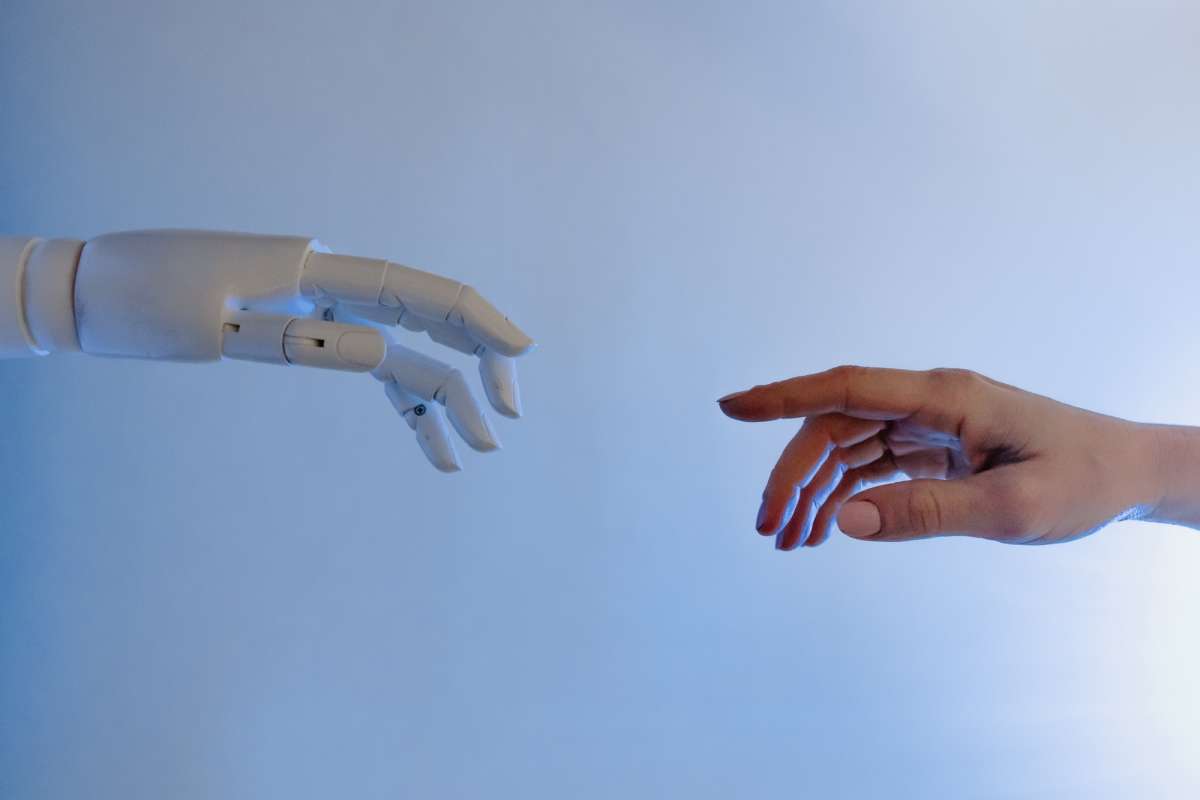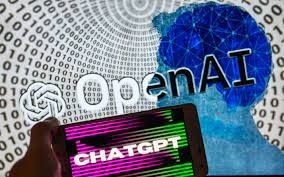Garcia said the other area where the company is using AI is in its high-end portfolio like copier printers for predictive maintenance etc….reports Asian Lite News
As the world embraces generative AI across the spectrum, PC and printer major HP Inc too feels that the age of AI has begun and technologies like ChatGPT can definitively solve most of the challenges that their customers are facing today.
HP already uses AI in solving customers’ issues across the domain, like ‘Instant Ink’ that automatically delivers ink and paper to customers before they run out of printing supplies.
“AI also helps our customers about where our distribution and shipment centres are, in order to ensure a seamless delivery of our devices,” Xavier Garcia, Global Head and General Manager, Office Print Hardware at HP, said.
Garcia said the other area where the company is using AI is in its high-end portfolio like copier printers for predictive maintenance etc.
“We are using AI to delight our customers and ChatGPT-like technologies can only make our job easier on servicing our customers in a better and efficient way. We have billions of data points from our customers which can help AI models derive the rightAkind of knowledge to improve their experiences,” the global HP executive elaborated.
The company feels that the world has now entered into the age of AI.
According to HP CEO Enrique Lores, AI technology is only going to accelerate in the coming years.
“AI offers very exciting opportunities for us to create new product categories. Many of our PCs are using AI to do preventive maintenance, to offer a better experience to our customers,” he said during the company’s company’s flagship ‘HP Amplify Partner Conference 2023’ here.
The AI-powered technologies at the company remove noises around you when you are in a video conference.
“We see a tremendous opportunity in AI to improve productivity. We look at core processes to see how we can make our employees, our teams more effective and more productive by using the AI in their day-to-day work,” Lores informed.
For Garcia, AI is the background technology that supports all of the company’s initiatives on the front of sustainability, hybrid work and security of their devices.
Even AMD CEO Dr Lisa Su, in an interaction with Lores at the event, said that AI is currently the biggest mega trend in the world of technology with ChatGPT now capturing our imaginations.
She said that it is just amazing how generative AI has captured everyone’s imagination and AI will help us unlock great experiences for our customers over the next four or five years.
Lores added that the evolution of technology in the form of generative AI is certainly going to help us accelerate the overall performance as a company.










